The CBSE class 10th Science practical books contains 10 experiments divided into two terms. The class 10 practical book for Science covers all the chapters syllabus in Physics, Chemistry and Biology assigned for the practical exam.
Table of Contents
- CBSE Class 10th Science Practical Book 2025 PDF Download
- Download CBSE Class 10 Science Practical Syllabus 2024-25 PDF
- Mark Distribution for CBSE Class 10th Science Practical Exam 2025
- List of Experiments in CBSE Class 10 Science Practical Book 2025
- Viva Questions For CBSE Class 10th Science Practical
- How to Prepare From CBSE Class 10 Science Practical Book?
The topics included in the CBSE class 10th Science practical books are Ph of Samples, Types of Reactions, Experiment, and many more. The CBSE board class 10th 2025 practical exams is conducted for 20 marks, divided into Periodic Assessments, Practical Work, and Portfolio.
The CBSE Board has revised the syllabus and reduced it by 15% for all the subjects with an increased weightage in the internal assessment to 40%. The CBSE Class 10th 2025 Science practical book includes experiments to be performed, such as the required materials, the method to follow, details on the expected result, etc.
CBSE Class 10th Science Practical Book 2025 PDF Download
The main objective of learning Practical Science is to familiarise students with the various kinds of experiments being performed in the laboratories and the different tools required. Students will clearly understand the concepts when performing experiments as they will visually observe the changes during experimental activities.
NCERT Science practical book for class 10th is divided into four major units. Students appearing for the practical assessment under the CBSE 10th exam 2025 can check and download the unit-wise CBSE 10th Science practical book PDF files below in the following table.
| Chapters | PDF Link |
| 1 | Materials |
| 2 | The World of Living |
| 3 | The Natural Phenomenon |
| 4 | How Things Work |
Download CBSE Class 10 Science Practical Syllabus 2024-25 PDF
Candidates can further check the table below to download the CBSE class 10 syllabus 2025 of Science for the practical exam. The syllabus is a blueprint for candidates taking the CBSE 2025 class 10 Science practical exam.
| Particulars | PDF Link |
| CBSE Class 10 Science Practical Syllabus | Download Now |
Also Read: CBSE Class 10 Science Viva Questions with Answers
Mark Distribution for CBSE Class 10th Science Practical Exam 2025
Students can go through the marking scheme of the CBSE class 10th Science practical exam. Candidates can review the CBSE class 10 exam pattern 2025 to check more details regarding the evaluation pattern and overall structure of the examination.
The specifications of the marking procedure are depicted in the table below for their reference.
| Specifications | Marks |
| Periodic Assessment and Test | 05 marks + 05 marks |
| Practical Work | 05 marks |
| Portfolio | 05 marks |
| Total Marks Allotted | 20 marks |
List of Experiments in CBSE Class 10 Science Practical Book 2025
According to the CBSE 10th Science syllabus 2024-25, the experiments listed in the CBSE Class 10th Science practical book 2025 are divided into two terms. Knowledge of Practical Science and its implementation is taught to the students of class 10th through experiments.
The term-wise experiments and their details are listed below:
Term 1:
Experiment 1:
- To find the pH of the below-given samples using universal indicator/ pH paper.
-
Water
-
Dilute Hydrogen Carbonate solution
-
Dilute Ethanoic Acid solution
-
Lemon juice
-
Dilute Hydrochloric Acid
-
Dilute NaOH solution
-
- To study the properties of Acids and Bases on the basis of their reaction with the following:
-
Solid sodium carbonate
-
Zinc metal
-
Litmus solution (Blue or Red)
-
Experiment 2:
- To perform and observe the following reactions:
-
Decomposition reaction
-
Double displacement reaction
-
Displacement reaction
-
Combination reaction
-
Iron nails kept in copper sulphate solution
-
Action of heat on ferrous sulphate crystals
-
Reaction between sodium sulphate and barium chloride solutions
-
Action of water on quicklime
-
-
Experiment 3:
- To observe the action of aluminium, zinc, copper and iron metals on the below-given solutions.
-
FeSO4(aq)
-
Al2 (SO4)3(aq)
-
CuSO4(aq)
-
ZnSO4(aq)
-
Based on the above results, all the metals should be arranged in decreasing order of reactivity.
Experiment 4:
To experimentally show that carbon dioxide is given out during respiration.
Experiment 5:
To determine the focal length of the following by obtaining distant images:
-
Convex lens
-
Concave mirror
Experiment 6:
To trace the path of a ray of light passing through a rectangular glass slab, for different angles of incidence. To measure the angle of incidence, angle of refraction, angle of emergence, and interpret the result.
Experiment 7:
To trace the path of the rays of light through a glass prism.
Term 2:
Experiment 1:
To study the dependence of potential differences across a resistor on the current passing through it and to determine its resistance. The graph between the potential difference and current should also be plotted.
Experiment 2:
Study the following with the help of prepared slides:
- Binary fission in Amoeba
- Budding in yeast and Hydra
Classification of Experiments in CBSE Class 10th Science Practicals As Per Different Subdivisions
The table below depicts the classification of the science experiments concerning Biology, Chemistry, and Physics subjects.
| Name of Subject | Name of the Experiment |
| Chemistry | Properties of Acetic Acid Experiment |
| Reactivity Series Experiment | |
| Ph of Samples | |
| Study the Comparative Cleaning Capacity of a Sample of Soap in Soft and Hard Water | |
| Properties of Acids and Base | |
| Types of Reactions Experiment | |
|
Biology |
Identification of the Different Parts of an Embryo of a Dicot Seed |
| Studying Binary Fission In Amoeba And Budding In Yeast With The Help of Prhttps://getmyuni.com/cbse-board/bepared Slides | |
| Preparing a Temporary Mount of a Leaf Peel to Show Stomata | |
| Experimentally Show That Carbon Dioxide is Given Out During Respiration | |
| Physics | Determine Equivalent Resistance to Resistors when Connected in Series and in Parallel |
| Tracing Path of a Ray of Light Passing Through a Glass Slab | |
| Find Image Distance for Varying Object Distances of a Convex Lens with Ray Diagrams | |
| Tracing the Path of the Rays of Light Through a Glass Prism | |
| Determination of Focal Length of Concave Mirror and Convex Lens | |
| Dependence on Potential Difference Across a Resistor on Current with Graph |
Read More: CBSE Class 10 Chemistry Syllabus 2024-25
Viva Questions For CBSE Class 10th Science Practical
Once students complete the experiment, there will be a few questions which may be asked during the Viva round. These questions aim to determine the student's knowledge of that particular experiment.
Candidates can practice the CBSE Class 10 Question Bank in detail to get the necessary details regarding the question pattern and marking scheme. Below are a few questions which can be asked for CBSE Class 10th Science Practical.
- How are the magnetic field lines of a straight current-carrying wire different from the field lines of a bar magnet?
- On what factors does the refractive index of a medium depend?
- Why is it advised to clean the ends of connecting wires before connecting them?
- Why are the incident and emergent rays parallel to each other in the case of a rectangular glass slab?
- How does the carbon dioxide gas enter the leaves?
- Which by-product of fermentation is useful in the brewing industry?
- Why is sulphur dioxide collected by the upward displacement of air?
- What is your observation when copper is added to iron (II) sulphate solution?
How to Prepare From CBSE Class 10 Science Practical Book?
Candidates gearing up for the upcoming exam can refer to the below tips while going through the CBSE class 10 preparation to score top marks. However, they must download the CBSE Class 10th Science practical book before that.
The pointers below show the essential ways to prepare for the exam with CBSE class 10 Science practical book 2025.
- Students must fully understand the objectives, and process and note the observations of every experiment, this will solidify their concepts.
- Students must maintain detailed records of the observations they are conducting for analysis purposes and to draw conclusions.
- Candidates must spend time in developing their problem-solving and analytical skills by studying the observations and data collected through the experiments.
- Additionally, students must prepare for the Viva Voce round, by practising the suggested questions, as it will help them perform better.




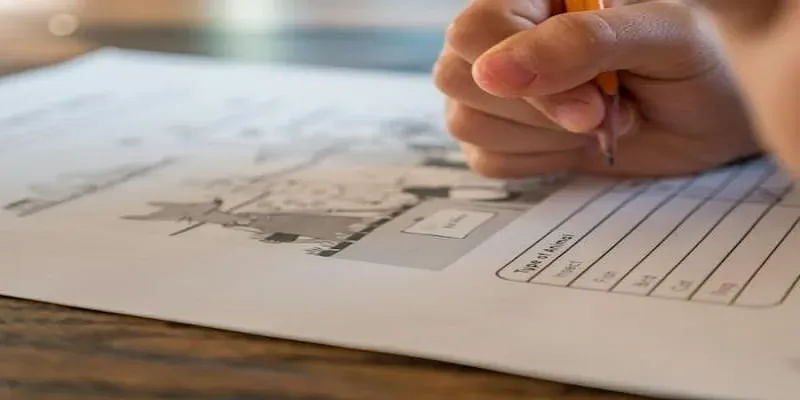

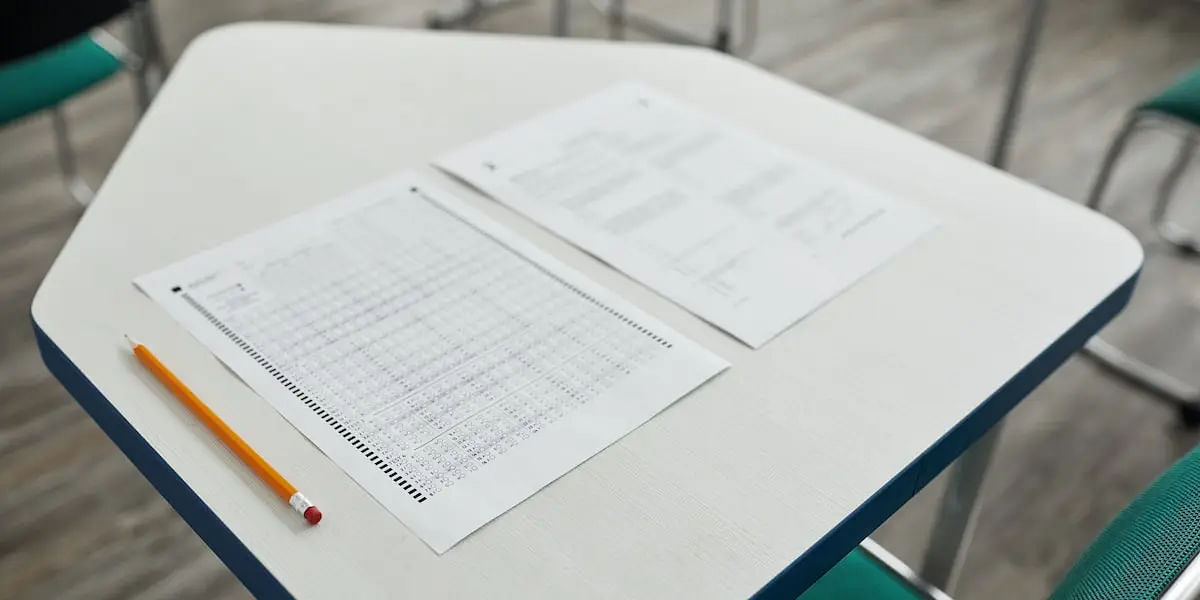

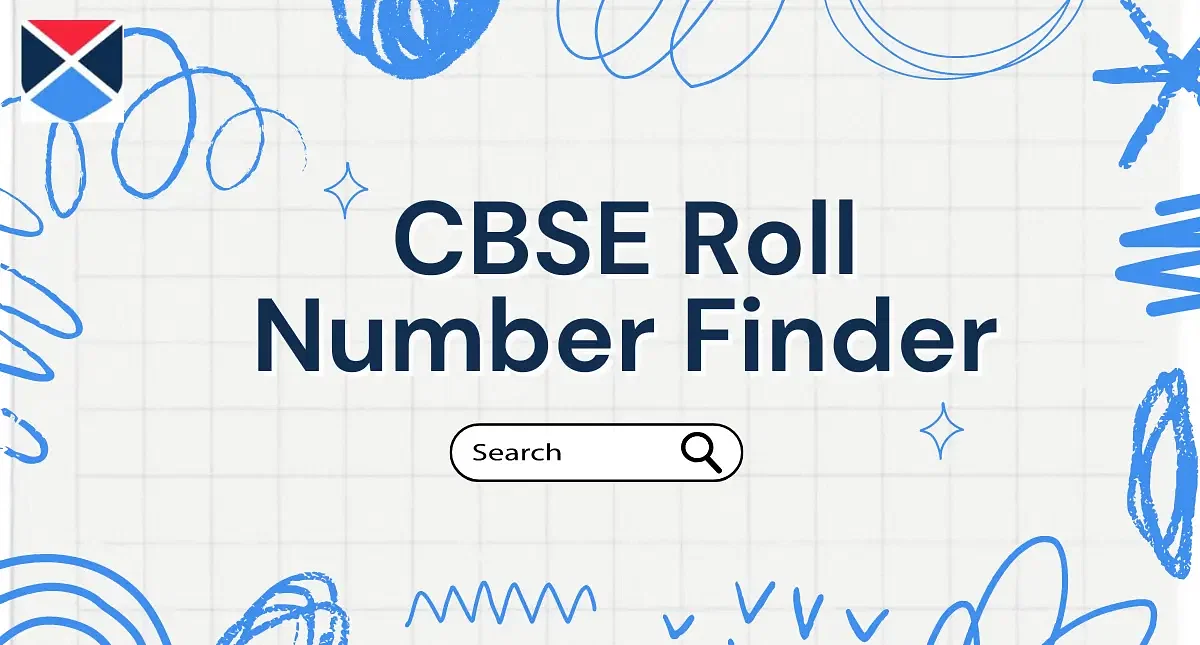







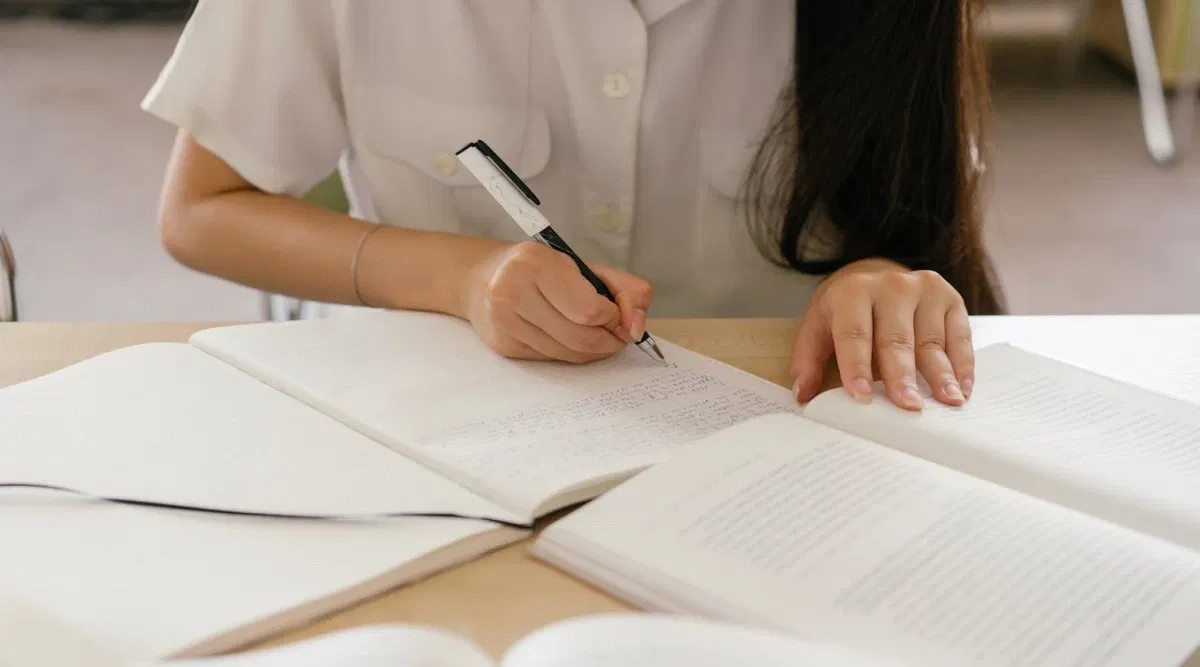


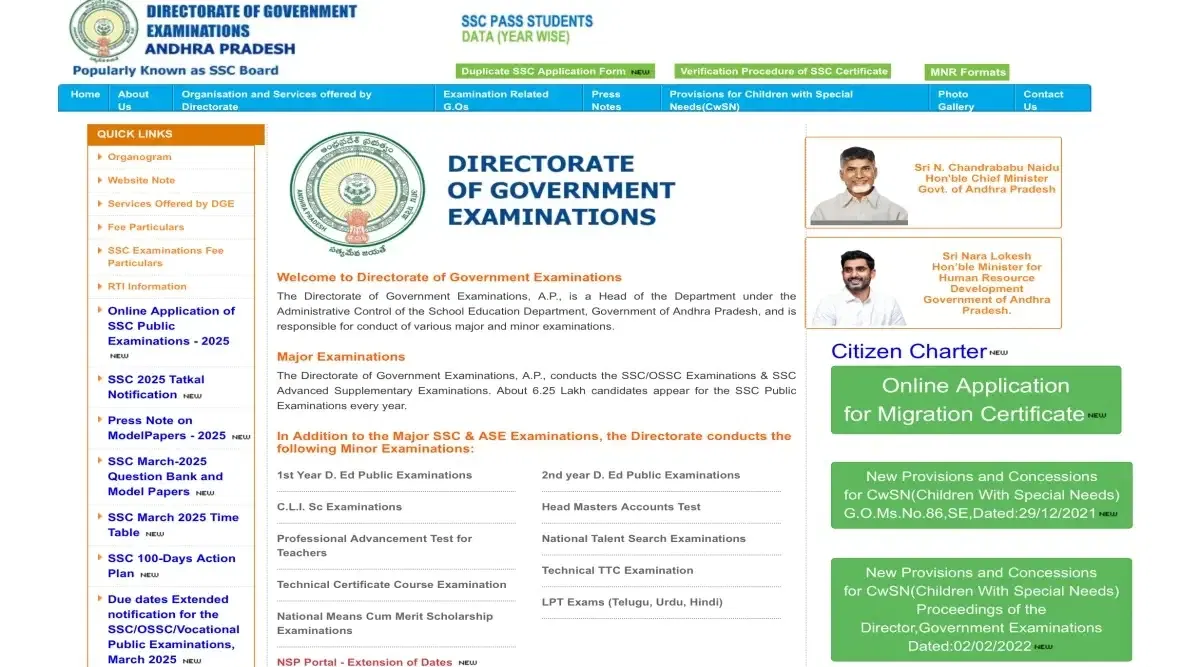



POST YOUR COMMENT